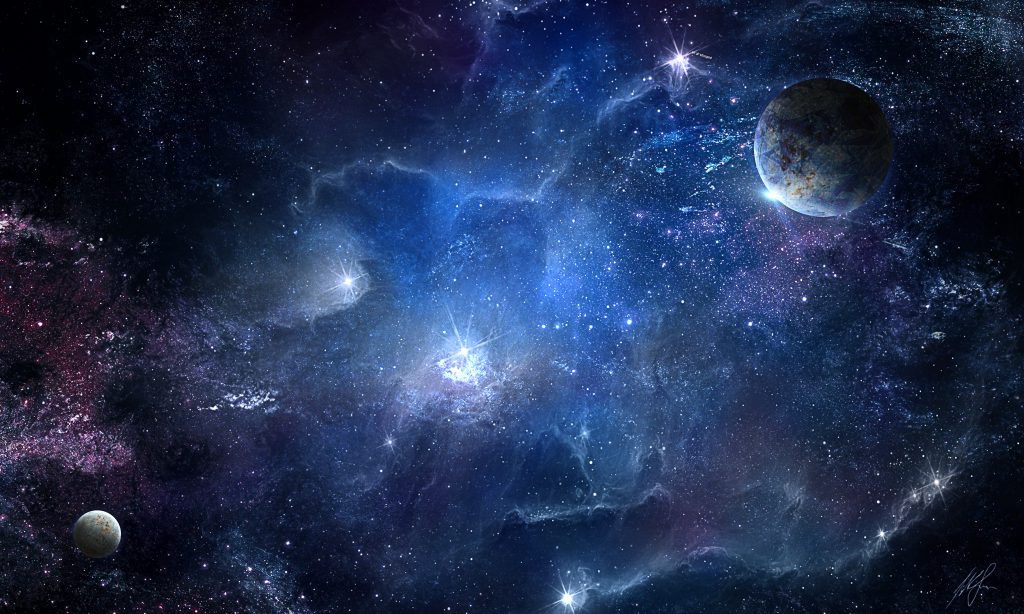Lynn McTaggart, The Field: The Quest for the Secret Force of the Universe, Element, London, 2001.
UK science writer Lynn McTaggart begins this inquiry with a gripping description of astronaut Edgar Mitchell’s experience aboard Apollo 14 on the return journey back to Earth from his 1971 moon landing. She writes that:
“It was then, while staring out the window, that Ed experienced the strangest feeling he would ever have: a feeling of interconnectedness, as if all the planets and all the people of all time were attached by some invisible web. He could hardly breathe from the majesty of the moment…There seemed to be an enormous force field here, connecting all people, their intentions and thoughts, And every animate and in animate form of matter for all time…Time was just an artificial construct. Everything he’d been taught about the separateness of people and things felt wrong… This wasn’t something he was simply comprehending in his mind, but an overwhelmingly visceral feeling, as though he were physically extending out of the window to the very farthest reaches of the cosmos.”
As well as being a Navy pilot, Ed had earned a doctorate science degree. Before this journey, he had been delving into the then newly-emerging field of quantum physics. The most essential ingredient of this interconnected universe he how perceived so vividly, he was beginning to suspect, was the living consciousness that observed it. Quantum physicists were starting to believe it was actually the consciousness of the observer that brought the observed object into being. If this was true, Mitchell realized, then every moment of every day we were taking a central role in creating our world. Quantum physicists, and now Edgar Mitchell too, were beginning to sense that the world existed as, as McTaggart writes, “a matrix of indivisible interconnection.”
As far back as 1911, Max Planck, a founder of quantum theory, had begun to grasp that what had been viewed as empty space was, in fact, bursting with sub-atomic activity. Quantum fields, according to McTaggart, are mediated by exchanges of energy being constantly redistributed in dynamic patterns. Even so-called “real” sub-atomic particles are a “little knot of energy which briefly emerges and (then) disappears back into the underlying field.” Einstein too eventually recognized that matter was an “extremely intense disturbance of perfect randomness and that the only fundamental reality was the field itself.”
If you add up all the particles of all varieties in the universe that are constantly popping in and out of existence, McTaggart tells us, you discover an inexhaustible energy source – equal to or greater than the energy in an atomic nucleus. McTaggart writes it has been calculated that the total energy of this ‘Zero Point Field” exceeds the totality of all energy contained in matter by 10 to the 40th power. Physicist Richard Feynman has written that there is enough energy contained, usually imperceptibly, in one cubic meter of space to boil all the water in all the oceans of the world. All this is, McTaggart explains, “literally connected to the farthest reaches of the cosmos through these Zero Point Waves of the grandest dimensions.”
As all the sub-atomic “particles” in the universe are constantly interacting with this ambient ground-state energy field, the sub-atomic waves of “the Field” are constantly imprinting a record of the shape of everything. The Zero Point Field itself becomes a reflection, a “kind of shadow”, of the universe across all time. McTaggart believes the atomic “vacuum” of the Zero Point Field causes sub-atomic particles to accelerate and agglomerate into “solid” appearing matter. Connecting with Rupert Sheldrake’s research, McTaggart believes activity within this all-pervasive Zero Point Field could be the origin of coherent energy fields surrounding and potentially linking living organisms.
McTaggart’s digging has taken her not only into outer space but into parallel phenomena within the microcosm of the human body. She has followed closely the investigations of neurosurgeon, psychologist, and psychiatrist Karl Pribram on the role of quantum waves as a basis, or perhaps the basis, for memory. Pribram had discovered the “unique ability of quantum waves to store vast quantities of information in a totality and in three dimensions, and for our brains to be able to read this information and from this to create the world.”
Pribram had ventured into the dimension where, in McTaggart’s words, “a hot living thing like a brain functioned according to the weird world of quantum theory.” Pribram came to believe that, “in the act of observation, we are transforming the timeless, space-less world of interference patterns” into a “virtual image of the object” and projecting this into the “concrete world” of time and space. Quantum waves, McTaggart reminds us, can hold unimaginable quantities of data.
Our “consciousness”, McTaggart was beginning to suspect, was actually coherent patterns of light. Where, she started to ask, did “we” end and the rest of the world begin? Was our consciousness encased within our bodies or did it extend throughout the Field? Questions of how the dynamics of quantum theory, and especially the pivotal role of the observer, play out in our awareness are, she found, equally intriguing. There is no clear dividing line, McTaggart was learning, between the mental and the physical. Instead they were appearing to be intertwined and constantly inter-acting aspects of a single unity.
Next: The Science of the Craft

